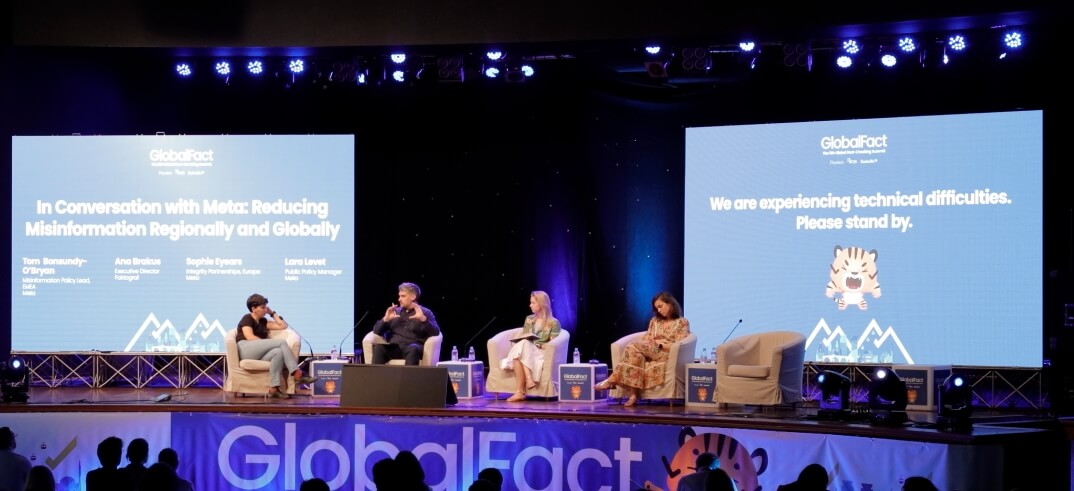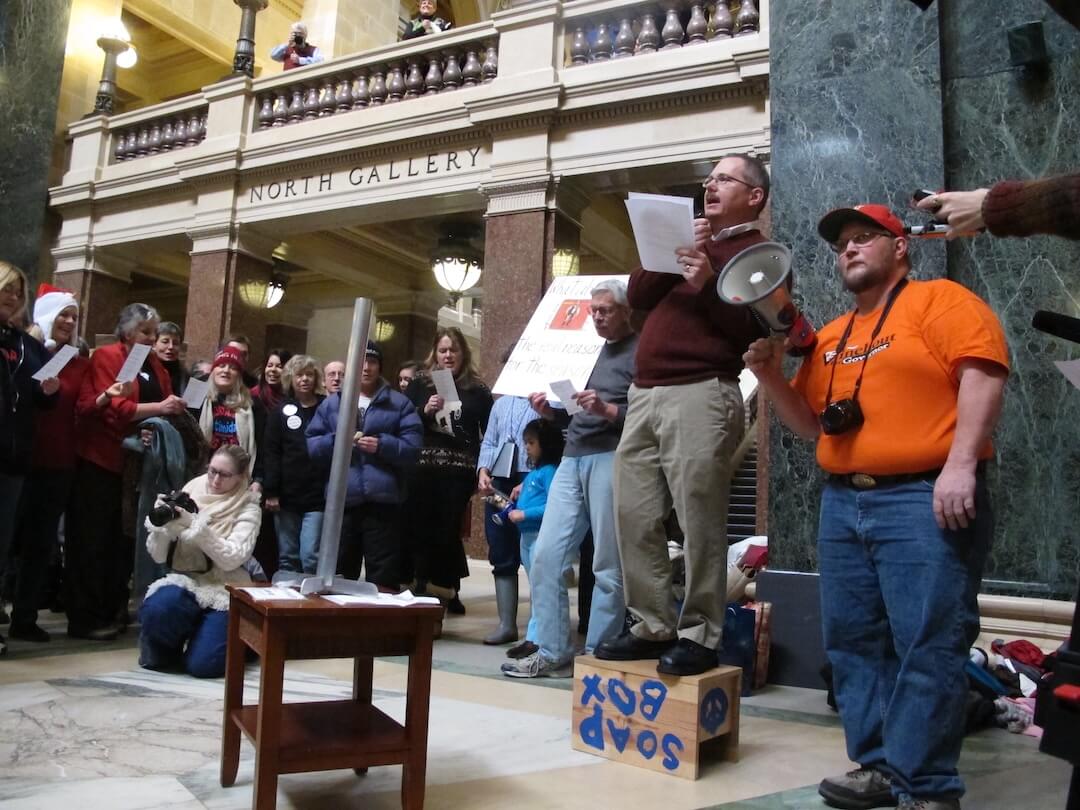After a 5.6 earthquake hit the San Francisco Bay area, students on The Paly Voice online staff at Palo Alto High School in Palo Alto, Cal. published a story online within about 30 minutes.
Michael Bloch, editor-in-chief and junior, and Anna Bastidas, junior, “expanded the story as the night went on, mostly by talking to students about where they were and what they were doing when the earthquake hit,” The Paly Voice adviser Paul Kandell said in an email to a Journalism Education Association listserv.
The quake happened Oct. 30 at 8:04 p.m. In an email interview, Bloch explains how he reported the story:
How did you respond so quickly?
was at home and just about to leave for the gym when the earthquake
happened. I immediately went to a doorway and stood there until the
earthquake was over. I then checked on my family to see if they were
OK, and once verifying that, went to my computer. Within about five
minutes I created a bulletin on the site’s ticker (http://voice.paly.net, top middle of the page). After that, I focused on writing the story.
minutes of the earthquake, I went online and started searching for
phone numbers of officials throughout California who would have
information about the earthquake. Once I had my initial interviews with
them, I moved on and tried to find students at Paly who had interesting
experiences during the earthquake. On Facebook a few weeks ago I created a group called
“The Paly Voice.” At the time of the earthquake, there were over 300
students in the group, so I sent out a message to everybody in the
group, and sent out an email to my staff asking for them to email me
quotes of people they knew. Because some phone lines were down in the
area, people turned to the internet for information, and hundreds of
students were online, and immediately people started sending me stories.
What was it like being the first one to cover the earthquake?
the earthquake occurred, I focused mainly on writing the story and
getting the information out to our community as quickly as possible.
Only about an hour after writing the story, when the fervor started to
die down, I started checking my emails from friends, and with their
congratulatory messages, realized that I was one of the first people in
the world to cover the story. (I guess my story went out to more than
just the community!) In fact, I heard from fellow staff members that
my story on The Paly Voice was the first one to appear on Google News.
quickly and be precise. Try and be prepared for emergencies by having
the contact information of people who work in law enforcement, fire
departments, courts, airports, transportation, water facilities, energy
facilities, etc. You never know when a disaster may occur, and already
knowing who to contact for information can be very helpful and save
time.





